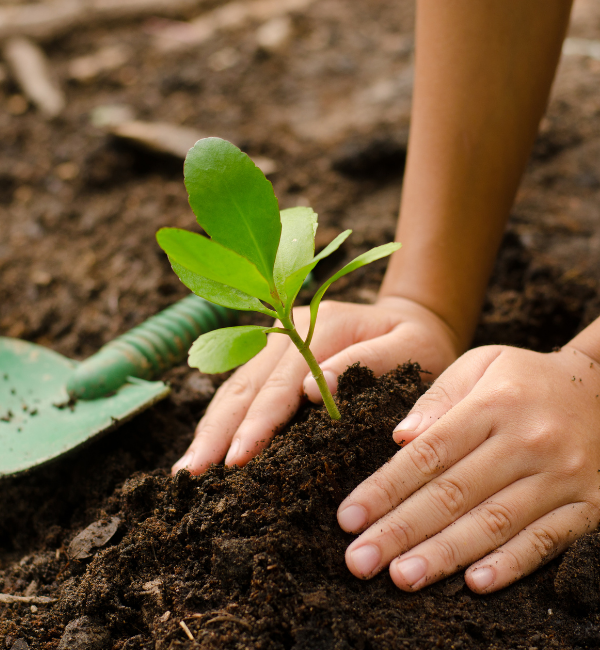Storytime - Trouble-to-Toys


This workshop consists of two parts: a reading of the "When the Earth Shook" by Lisa Lucas followed by the activity Trouble to Toys. Participants will learn about how greenhouse gases contribute to climate change and make a toy out of recycled materials!
This workshop discusses topics, which can lead to feelings of eco-anxiety among volunteers, educators and youth if not presented in a thoughtful manner. The most important things to remember are to be honest, hopeful, developmentally appropriate, and action oriented. This workshop was created with these guidelines in mind. For more details, refer to the volunteer resource, Being Conscious of Eco-Anxiety.
What You Need
Book
- "When the Earth Shook" by Lucy Lucas.
- Check with a local library for a physical copy of the book or play an online/animated version if available.
- If using an online/animated version, access to a computer, projector and sound system to view the video.
Materials (per participant)
- Plastic water bottle with cap (cut half horizontally) or a single-use cup with a hole in the bottom.
- Ribbon or string (approx. 40-50 cm)
- Tinfoil or ping pond ball
- Tape
- Scissors
- Optional: construction paper, markers, stickers to decorate
Guide:
Safety Notes
Ensure you are familiar with Let's Talk Science's precautions with respect to safe delivery of virtual outreach to youth. These precautions can be found in the manual for this activity.
What To Do
- Read "When the Earth Shook" by Lisa Lucas.
- Doing the Activity:
- Cut your string to be about 40 cm long.
- Lay a pan-sized sheet of tinfoil flat out in front of you. Lay the end of the string on the tinfoil.
- Scrunch up the tinfoil to form a ball around the string.
- Add tape to where the tinfoil ball meets the string to make sure the string stays in place.
- Place the other end of the string into the hole in the bottle. The tinfoil ball should be outside the bottle. Screw the cap back on to secure the string.
- See how many times you can get the ball into the cup!
Discovery
In this activity, participants create a toy out of recycled materials. Recycling or upcycling an item lowers the number of things that are sent to landfills. When an item starts to break down in a landfill, it produces greenhouse gases. Excess greenhouse gases are causing global warming and climate change.
Climate change refers to changes in the Earth's temperature and weather patterns. Climate change is causing sea ice to melt, warmer global temperatures and more extreme weather. This affects the health and safety of all living things, including plants, animals and even us humans!
- Try to build other toys out of recyclable materials!
- Based on your specific outreach audience and event duration, you may choose to include more climate change/greenhouse gases related activities available in the Hands-On Activities Database on the Let's Talk Science portal. Make a plan that best fits your group.
What's Happening?
In this activity, participants create a toy out of recycled materials. Recycling or upcycling an item lowers the number of things that are sent to landfills. When an item starts to break down in a landfill, it produces greenhouse gases. Excess greenhouse gases are causing global warming and climate change.
Why Does it Matter?
Climate change refers to changes in the Earth's temperature and weather patterns. Climate change is causing sea ice to melt, warmer global temperatures and more extreme weather. This affects the health and safety of all living things, including plants, animals and even us humans!
Investigate Further
- Try to build other toys out of recyclable materials!
- Based on your specific outreach audience and event duration, you may choose to include more climate change/greenhouse gases related activities available in the Hands-On Activities Database on the Let's Talk Science portal. Make a plan that best fits your group.